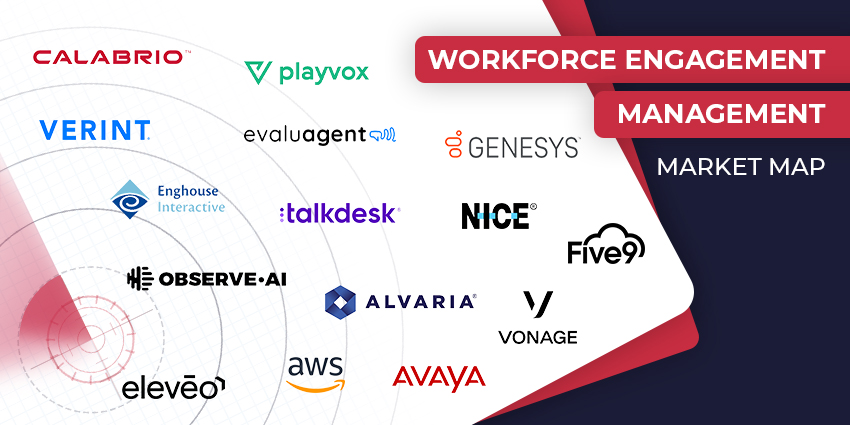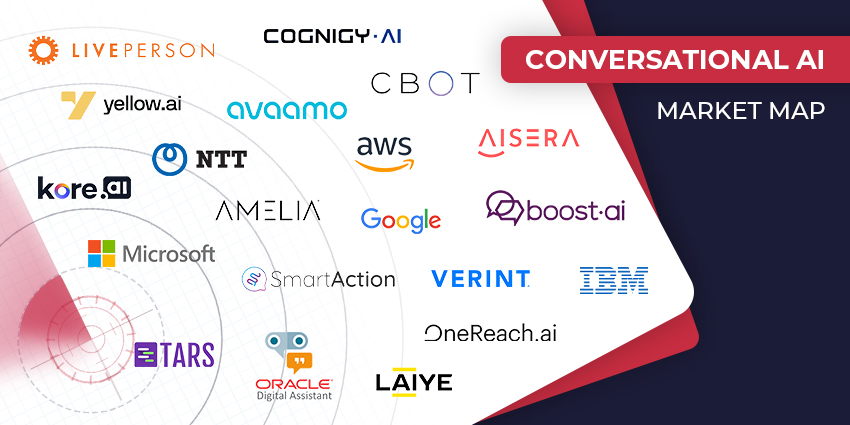Creating exceptional customer experiences starts with an efficient and fully optimised workforce. Your team needs to be engaged, empowered, and productive to deliver the experiences your clients are after. But let’s face it, maximising your team’s potential can be challenging. Engagement can be low, turnover high, and the rise of remote and hybrid work has only added to the complexity.
Thankfully, there’s a solution emerging in the form of workforce optimisation (WFO) tools. These game-changing solutions include various power tools, such as scheduling and time-tracking features, alongside in-depth analytics that help businesses stay on top of their teams and give them the best chance of long-term success.
So, why should you invest in WFO solutions in 2023? Here are just a few reasons:
1. Increase Team Productivity
The most common reason to invest in WFO solutions is to enhance workplace productivity. With tools to help you track the performance and activities of your team, it’s much easier to see where the bottlenecks in your workplace exist. WFO solutions with in-depth business intelligence reports clearly show where your team might be wasting time.
You can use your tools to decide when additional employees might need to be brought into the workforce to deal with periods of peak demand. You might also uncover areas where you can invest in new technology and innovations to aid your team. Automation systems, AI, and virtual assistants can reduce repetitive tasks and help agents make the most of their time.
As you implement new strategies to increase productivity, you can also track the results of your campaigns and determine which efforts you should double down on and which you can abandon. Some WFO solutions may help you identify which teams need extra training or support.
2. Boost Employee Engagement
An oft-cited statistic from Gallup notes only around 33% of the workforce is actively engaged. This number could be even lower for your team, depending on how vigorously you invest in connecting with your workforce, whether your team is in-person, remote, or hybrid.
Workforce Optimisation tools aren’t just there to boost the productivity and efficiency of your team; they can help to strengthen engagement. The in-depth insights offered by WFO solutions can help you to learn more about what it takes to connect with your team and inspire them on a deeper level. You can track periods of low engagement, analyse possible triggers, and implement new strategies to fix common problems.
Some WFO solutions even come with “gamification” tools. These allow companies to implement simple competitions between team members, motivating them to work towards specific goals, like achieving the highest customer satisfaction score or boosting first-time resolution. The rewards offered for winners strengthen engagement, while the competitive nature of your employees can push them to work harder on achieving goals.
3. Access Top Talent
Workforce optimisation tools don’t just help you to make the most of the employees you already have; they can also assist in improving your workforce over time. First, investing in solutions like WFO software allows you to increase your focus on “EX” (Employee Experience), demonstrating compassion and empathy to future team members.
When you show you’re invested in supporting your team, you’re likelier to attract a broader range of people who want to work with your brand. The strategies that WFO solutions help you implement, like mentoring programs, rewards, and gamification, can also make the work more fun and engaging.
At the same time, WFO solutions help managers and supervisors to keep track of a broader range of employees, regardless of where they are. In today’s hybrid and remote work age, this can make it much easier to seek out and hire team members from various remote locations rather than just relying on the people closest to your business.
4. Improve Customer Experience
Over the last few years, companies have begun to discover the true importance of “Total Experience” and understand how customer and employee experiences are intrinsically linked. If your employees aren’t engaged, supported, and adequately empowered, your customer experience suffers.
With WFO solutions to help you optimise your team, you’re more likely to deliver a powerful customer experience. You can use your analytics and metrics to determine when to prepare for demand increases and what kind of customer service impacts clients best. You’ll also be able to provide more consistent training to your team members.
WFO gives you more insightful data you can use to understand how the behaviour and actions of your employees influence your customers and their interactions with your brand. Increasingly, WFO solutions are becoming a critical part of the “CX” strategy.
5. Reduce Compliance Risks
Compliance is a common concern for any contact centre. Particularly now, as regulations are evolving and customers are paying more attention to how companies use their data, it’s essential to stay up-to-date with the latest expectations.
WFO solutions can help you keep track of the data flow between your team members and the compliance policies your employees are following. Many WFO solutions will help you to keep a closer eye on your risk landscape, even if you’re working with hybrid and remote team members.
With WFO tools, you can ensure all your staff members follow the right strategies to keep data and systems secure. It’s even possible to implement new security and privacy strategies like multi-factor authentication
6. Increase Cost Savings
Workforce optimisation tools give you a behind-the-scenes look at your business from various angles. The data visibility provided is excellent for helping businesses to improve productivity and efficiency. However, it can also be a powerful tool for leveraging potential cost savings. After all, when you can spot inefficiencies in your team’s performance, you can reduce them and the costs connected.
Workforce optimisation tools can also help with cost savings in other ways, from boosting flexibility in talent acquisition to making it easier to manage scheduling for your entire workforce. The reduced compliance issues can even lower potential legal costs.
For companies trying to achieve the best CX strategy at the lowest possible cost, WFO tools could be a worthwhile investment.
7. Streamlined Processes
With this technology, businesses can automate many routine tasks, reducing errors and improving overall efficiency. By streamlining processes, companies can also save time and resources, allowing them to focus on more critical tasks that require human intervention.
Workforce optimisation technology can automate scheduling, timekeeping, data entry, and other routine tasks, freeing employees to focus on more complex and strategic studies. For example, instead of spending hours manually entering data into spreadsheets, employees can use this time to analyse the data and identify trends or opportunities. This can lead to more informed decision-making and better business outcomes.
Additionally, automating tasks can reduce errors, leading to increased accuracy and quality. This is especially important in industries requiring high precision levels, such as healthcare or manufacturing. By reducing errors, businesses can save time and money on correcting mistakes and improving customer satisfaction.
8. Better Decision Making
This technology provides real-time data and analytics, allowing businesses to make informed decisions about their workforce and operations. By analysing this data, companies can identify areas for improvement and optimise their processes, leading to increased efficiency and productivity.
Workforce optimisation technology can provide businesses with various data and analytics, including employee performance, customer interaction, and operational data. By analysing this data, companies can gain insights into their workforce and operations and identify areas for improvement.
For example, businesses can use this technology to analyse customer interaction data to identify common customer issues and trends. By understanding these issues, companies can improve their customer service and increase customer satisfaction. Similarly, businesses can use employee performance data to identify areas where employees may need additional training or support, improving employee satisfaction and retention.







